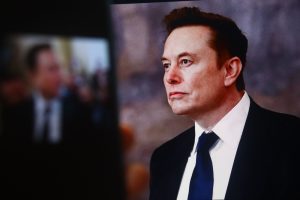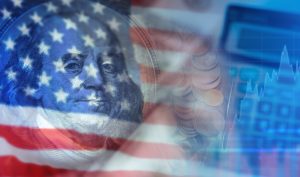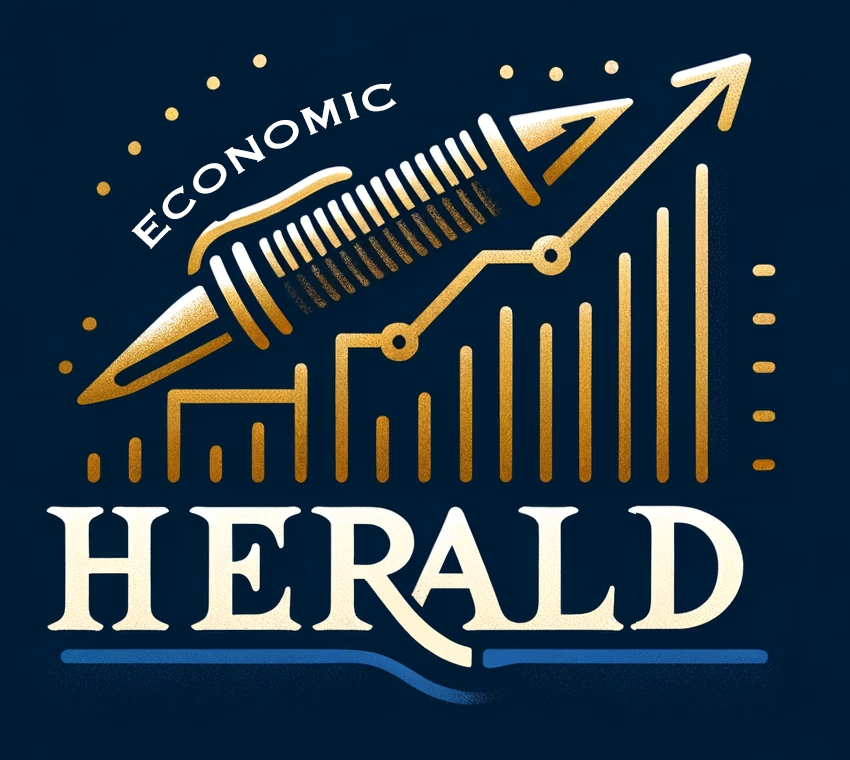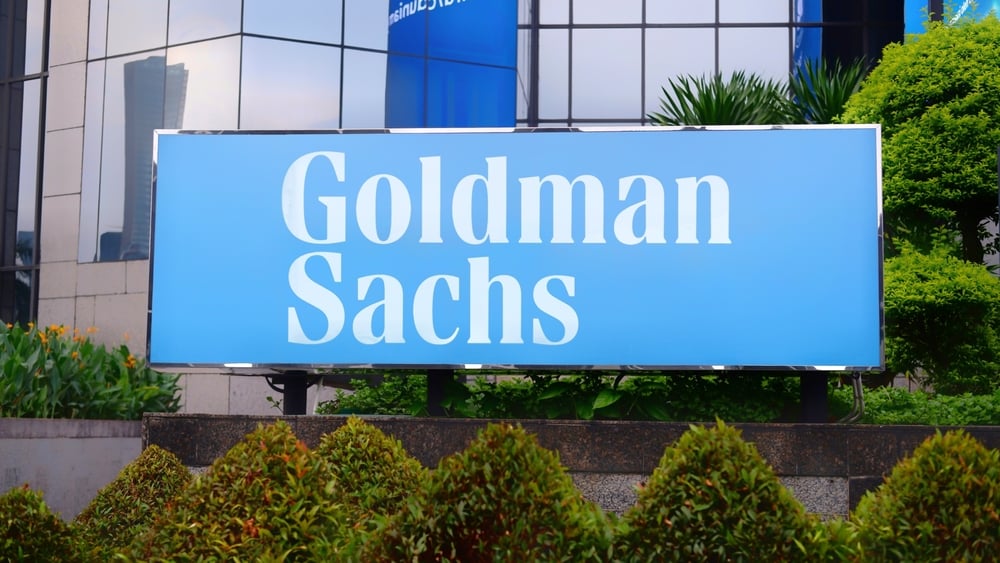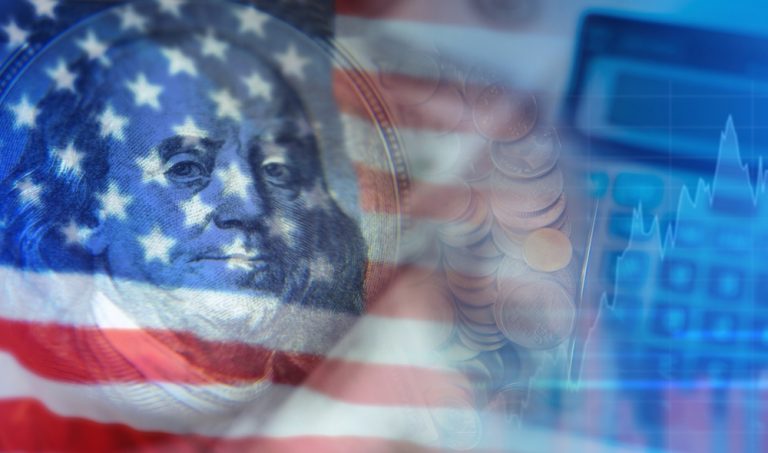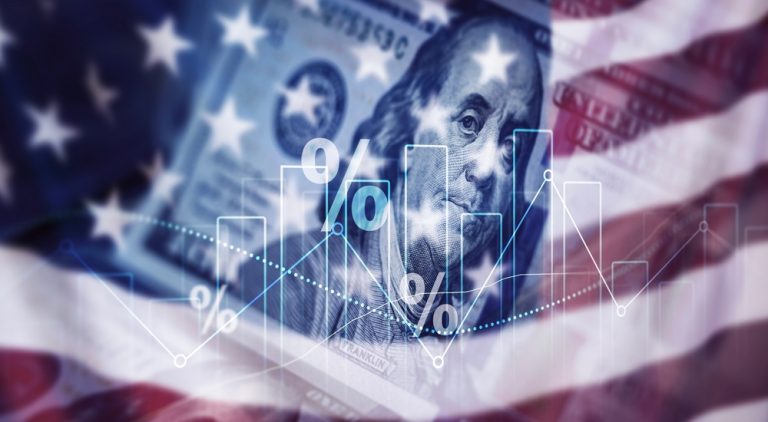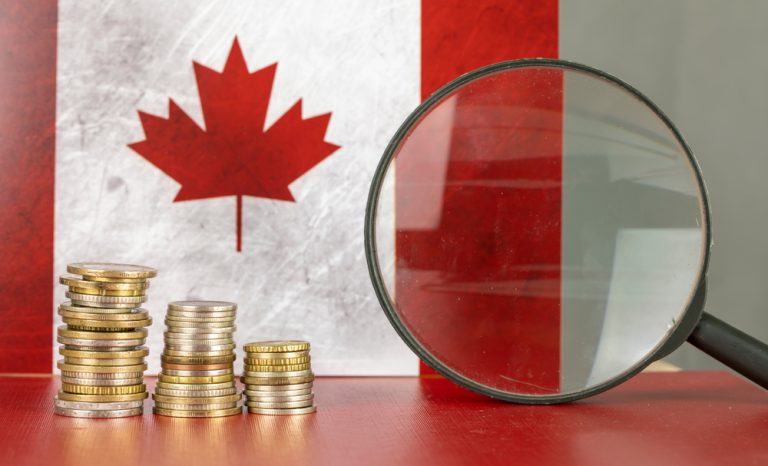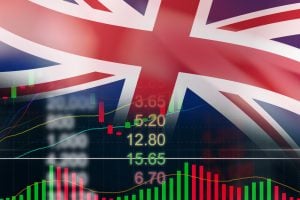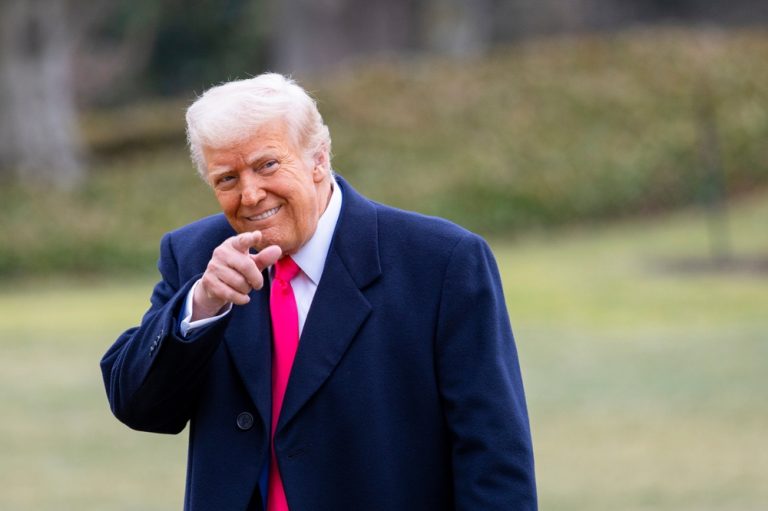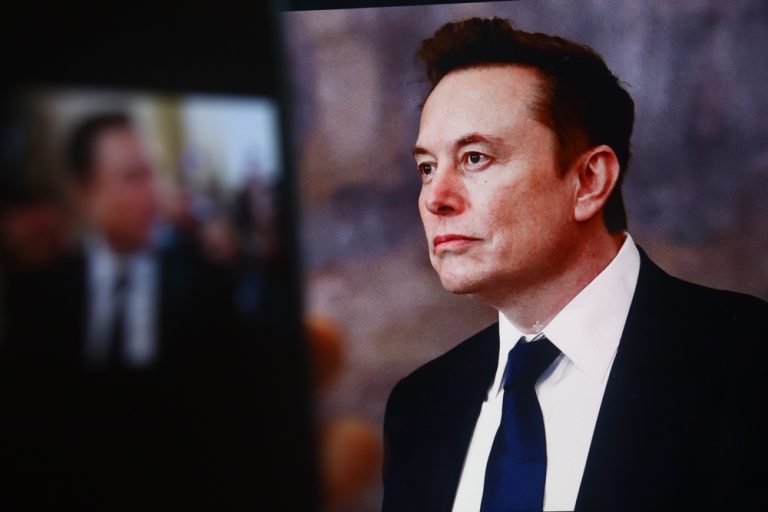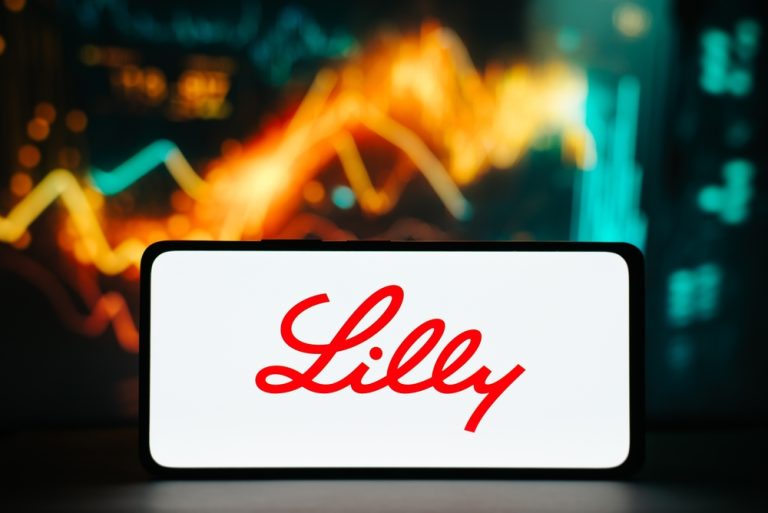Bank sees rising inflation, slowing growth, and higher jobless rate
With President Donald Trump’s tariff announcement due this week, Goldman Sachs has issued a stark forecast: a broad escalation in trade duties could drive inflation sharply higher, choke economic growth, and push unemployment up.
The investment bank now anticipates that tariff rates will jump 15 percentage points — a scenario it had previously categorized as a worst-case risk. While exclusions for certain countries and products could moderate the overall impact to about 9 percentage points, Goldman’s analysts say the economic damage is likely to be significant.
Sharp inflation increase forecast
Goldman now expects core inflation, which excludes food and energy, to climb to 3.5% in 2025 — well above the Federal Reserve’s 2% target and half a percentage point higher than its prior estimate. That spike in prices would arrive alongside markedly slower growth.
The bank projects the U.S. economy will grow just 0.2% annualized in Q1 and 1% across 2025 (Q4-to-Q4), shaving 0.5 percentage points off its earlier forecast. The unemployment rate is expected to rise to 4.5% — up from the previous 4.2% prediction.
All told, the bank now places the odds of a recession within the next 12 months at 35%, up from 20% in its earlier outlook. The outlook implies a heightened risk of stagflation — a damaging mix of weak growth and high inflation that has not been seen since the 1970s and early 1980s.
Fed rate cuts expected despite inflation jump
Despite the rising inflation, Goldman doesn’t foresee the Federal Reserve tightening monetary policy. Instead, the bank now expects the Fed to cut interest rates three times this year — in July, September, and November — each by 0.25 percentage points. That would bring the federal funds rate down to 3.5%-3.75% from its current 4.25%-4.50% range.
Previously, Goldman had expected just two rate cuts in 2025. The latest shift in expectations reflects the tradeoff policymakers now face: inflation is likely to stay elevated, but the risks to growth and employment are rising fast.
The full scope of Trump’s tariff agenda remains unclear. The Wall Street Journal reported Sunday that the president is pressuring his advisers to implement an aggressive, across-the-board 20% levy on all U.S. trading partners. Trump is expected to formally announce the reciprocal tariffs on Wednesday.

